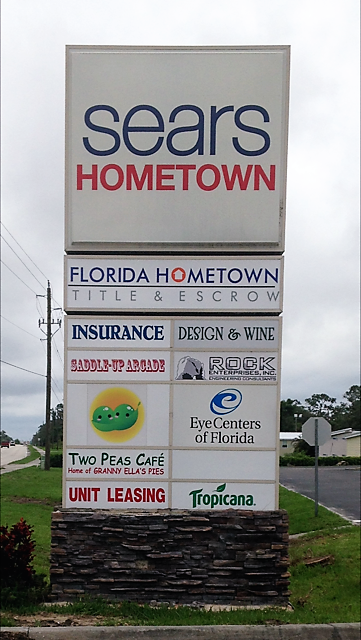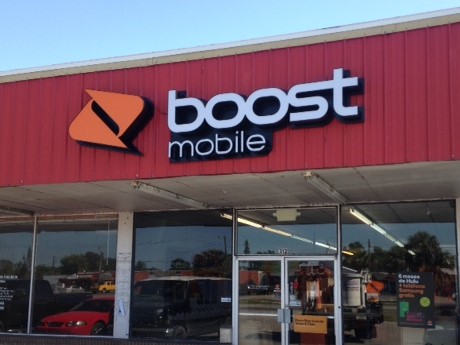Logo or No Go? Connecting The Dots Of Brand Awareness
Your logo says a lot about your brand identity. Big brands invest a lot of time, money and creativity in designing a logo that will leave a lasting impression, so it makes sense that you also choose an impactful logo for your business. Logo designing is not an easy process. It involves fusing all the essential elements into one logo.
Elements like the lines, shape, typeface, and colors must be perfectly blended by a graphic designer to create a logo masterpiece. Your logo, if done well, can be an asset for your business. However, in establishing your brand image, you have to make sure that your logo design makes a dominating presence despite fierce competition.
Your target audience will never know who and what you are unless you have a business symbol that they can use to identify your company. Apple, for instance, has left a powerful impact on consumers because of its simple yet iconic logo. Capture your customer’s attention right away by creating a logo that will help you establish your brand and the products and services that you offer.
A graphic designer needs to be careful in mixing all the design elements so your customers will be convinced that your brand is trustworthy. Your logo needs to be recognizable, and this will only happen if your logo can demonstrate your brand attributes and values. While a long list of elements can inspire a graphic designer to create dozens of concepts, there can only be one logo that will represent your business.
The Essential Elements Of Logo Design For Your Business
1. Shape
Shapes are a prominent feature in every logo. Regardless of the graphic designer’s design objective, shapes like triangle, oval, square, circle, diamond, rectangle and many others will be a defining element. The shape of your logo determines how your brand is going to interact with your target audience. While it is the basic element of logo designing, it can either make or break your opportunity to engage customers. The overall shape of your logo should be meaningful.
The shape is important for the design process to move forward. A packaging design starts with conceiving a shape that will represent your brand. That said, you need to give importance to virtual and physical shapes. Graphic designers consider the image you wish to portray when choosing a shape, which should also correlate with your business. Keep your shape simple for customers to determine the traits of your company.
2. Line
Aside from the shape, the line element is also considered as the basis of logo designing. You cannot connect two points unless you start with a line. This element is the designer’s starting point for designing a logo. Lines have different variations, such as thick, soft, bold, hard, zigzag, and much more. The line that the designer chooses will also depend on your brand’s personality and the values that the logo wants to represent.

3. Colors
What good is a painstakingly designed logo without the appropriate colors? There is no doubt that the colors bring any logo to life. Colors can tap into your emotions and feelings. Each color you add to the logo denotes a special meaning. For example, when you see blue in logo design, it will evoke emotions like serenity and security. It is also the most commonly used color by top brands like Samsung, HP, and Intel. Blue is an ideal color for corporate logos because it also demonstrates professionalism and loyalty.
Green, on the other hand, is associated with nature, refreshment, and renewal. Starbucks, Acer, and Subway, are just some of the popular brands that use green as the dominant color of their logo. The color alone can tell a story, and any experienced graphic designer will know that. Color plays a vital role in ensuring that your logo design is going to convey the right message to your target audience.
Once people see the colors of your logo, they will instantly identify the message you want to convey. Some logo designers take the time to do extensive research of the colors that work best for your business. Most fast-food restaurants like KFC, Burger King, and McDonald’s use red for their logos. This color is known for catering to young customers. It is interesting to note that colors are not randomly selected as they are based on the values that your business would like to represent.
4. Space
This element may not be easily noticeable unless you have a keen eye for details. However, space plays a crucial role in successfully creating a logo that resonates with your brand. While designers do not use space so often, this element is a key contributor to formulating a powerful brand message. Use negative space when creating shapes. It all starts with knowing the message that the company wishes to convey.
5. Scale
What makes a logo and brand identity more interesting? The scale is another element of logo design that you cannot afford to set aside. For your logo to look impressive, it has to be scalable to various sizes. Small fonts and details quickly frustrate people. If any detail of the logo is hard to read or recognize, people will miss out on seeing the essential or minute details that the company wants to show to its target audience. Scalable logo design helps you establish a good image. It is a key design element that helps you draw customer’s attention.
6. Typography
Typography is a significant and unique element of logo design. When you are selecting a particular typeface, you need to give it a touch of the brand’s personality. A logo has to be memorable for people to notice it. Anyone can create a logo, but not everyone can present a logo design that has a personality. Brand consistency should be kept in mind when using the typeface. It should be uniform and consistent with all marketing materials.
Using these logo design elements strategically will help you achieve a logo that can build your brand identity. It is amazing how fonts, colors, and shapes can change your target audience’s perception of your business.

